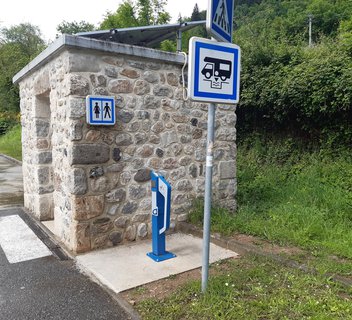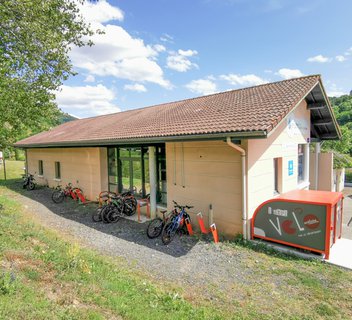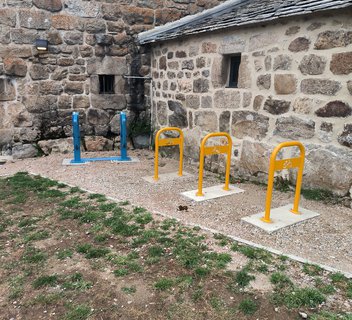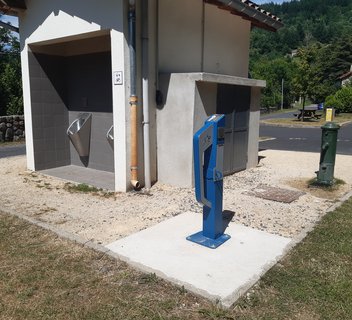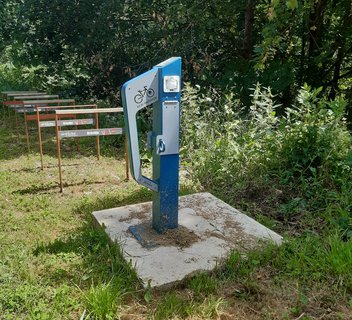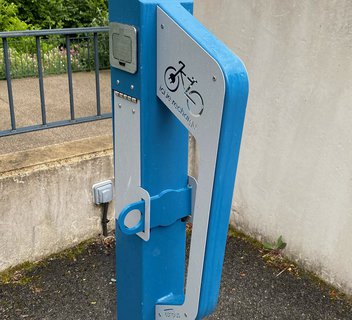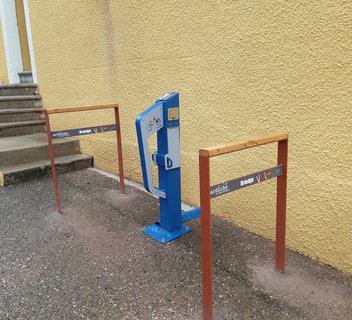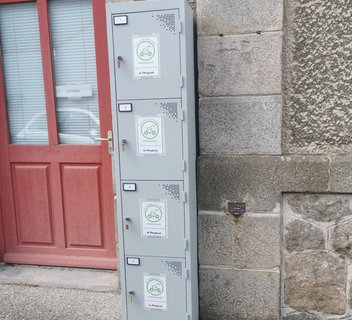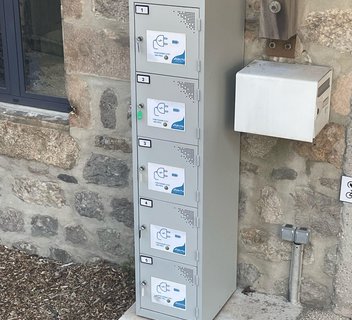FAQ
Explore the Dolce Via in Ardèche through our FAQ section! Here, you will find answers to the most frequently asked questions about the route. If you have specific inquiries, this section is here to help you prepare for your adventure along La Dolce Via. If you can't find the answer you're looking for, feel free to visit our ' Contact Us' page for personalized assistance.
What kind of surfacing does La Dolce Via have?
What kind of surfacing does La Dolce Via have?
La Dolce Via has different coatings depending on the section. Most sections have a semi-hard, sandy surface. Some sections, especially those serving homes or farms, have more hard-wearing asphalt surfaces.
The interactive map shows you the different surface coatings, all of which can be used by hybrid bikes, mountain bikes and walkers.
Are there safety amenities?
The entire route has been made safe, primarily by means of guardrails and barriers regulating access, as well as appropriate signage. As yet, there is no dedicated route through Ollières-sur-Eyrieux. You cross the town either by bike on the main road or on foot using the pavements.
Besides this specific location, La Dolce Via crosses the main road at four places:
- La Roche (upstream of Saint-Sauveur de Montagut)
- Moulinas (1km upstream of the village)
- Intres
- Nonières (1km upstream of the village)
Be careful!
What does “voie douce” mean?
As a voie douce (a type of road defined in the French Highway Code), La Dolce Via is intended primarily for non-motorised means of transport. It is not a voie verte (as defined in the French Highway Code), as it also serves houses and businesses, and motor vehicles are permitted in certain places.
Where can we leave the bikes safely?
Where can we leave the bikes safely?
Self-service "Vélo Boxes" are installed at the Pont de Chervil, La Voulte-Sur-Rhône and Saint-Laurent-du-Pape. They are equipped with an electrical outlet to facilitate the recharging of electrically assisted bicycles. They are easy to use since the cyclist uses his own lock to close them. These boxes can contain from two to four bikes.
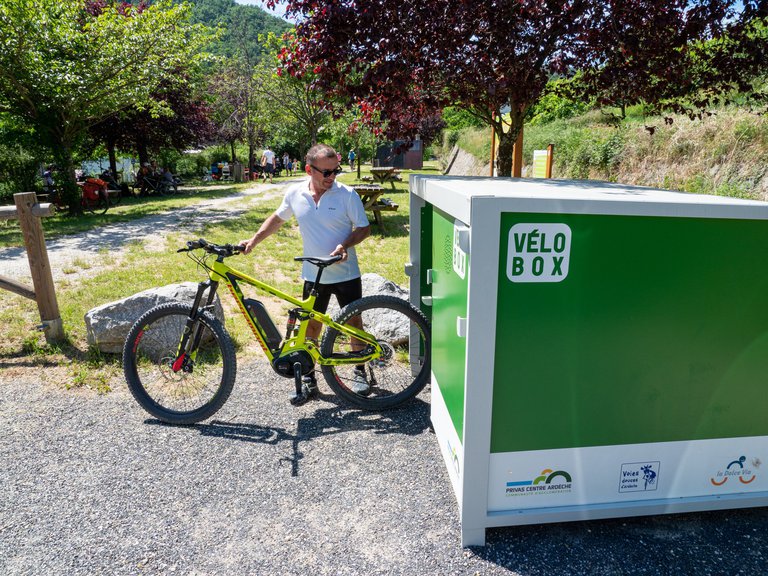
© Paul Villecourt / outdoor-reporter.com
Can I bathe along La Dolce Via?
Bathing is permitted solely at the spots with specific bathing facilities close to the track.
Click to find all the places for bathing hereIs bivouacking allowed along the trail?
Bivouacking is prohibited as there are no designated camping areas along the route. You may consider using campsites for accommodation.
Are there public toilets along the route?
Public toilets are available at various points along La Dolce Via, particularly in villages and at designated rest areas.
What is the difference in altitude along La Dolce Via ?
The difference in altitude for each itinerary is provided in the Itineraries section (see below). It is also given in the La Dolce Via brochures available in the tourist offices or on this website in the Brochures & Maps section (see below).
Are there public toilets along the route?
Public toilets are available at various points along La Dolce Via, particularly in villages and at designated rest areas.
What is the difference in altitude along La Dolce Via ?
The difference in altitude for each itinerary is provided in the Itineraries section (see below). It is also given in the La Dolce Via brochures available in the tourist offices or on this website in the Brochures & Maps section (see below).
What's the difference between dolcevia.eu and dolce-via.com?
dolcevia.eu is a Paris-based bicycle rental service and bicycle travel agency.
For its part, dolce-via.com is the official website of the “La Dolce Via” soft path in Ardèche.
Although our names are similar, our missions and services are distinct. For bike rentals and holidays from Paris, go to dolcevia.eu. For information on the “La Dolce Via” in the Ardèche and to plan your stay, stay with dolce-via.com.
